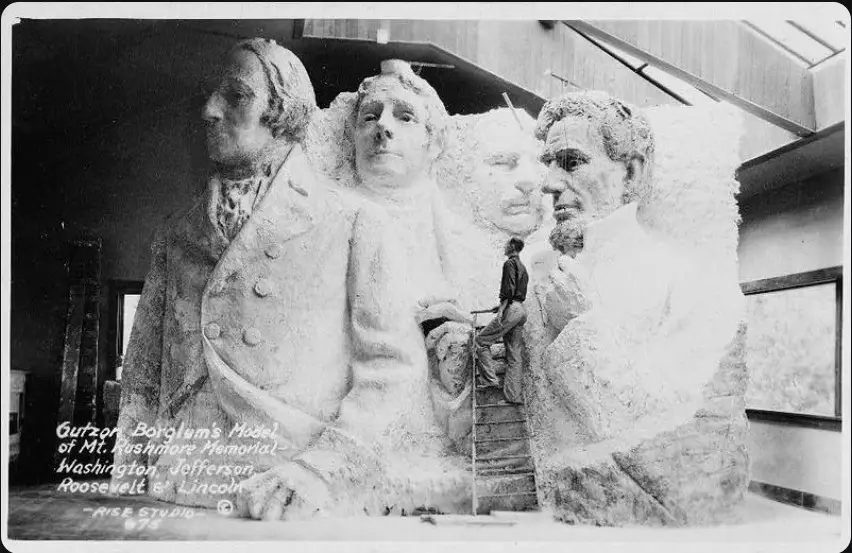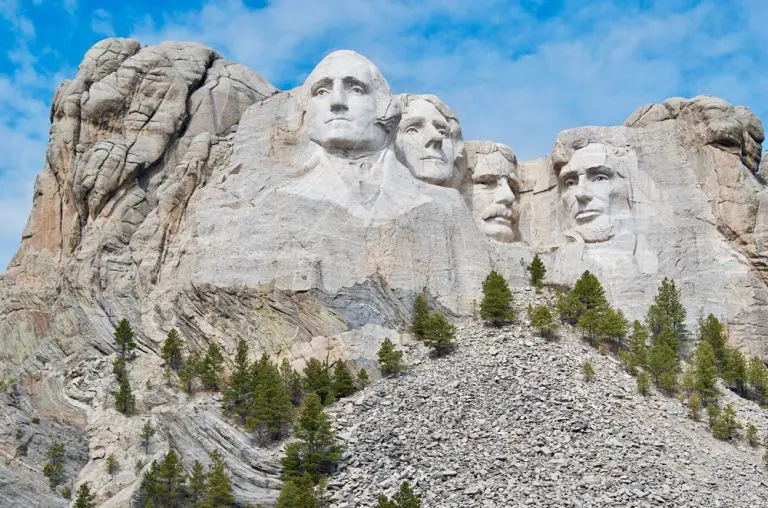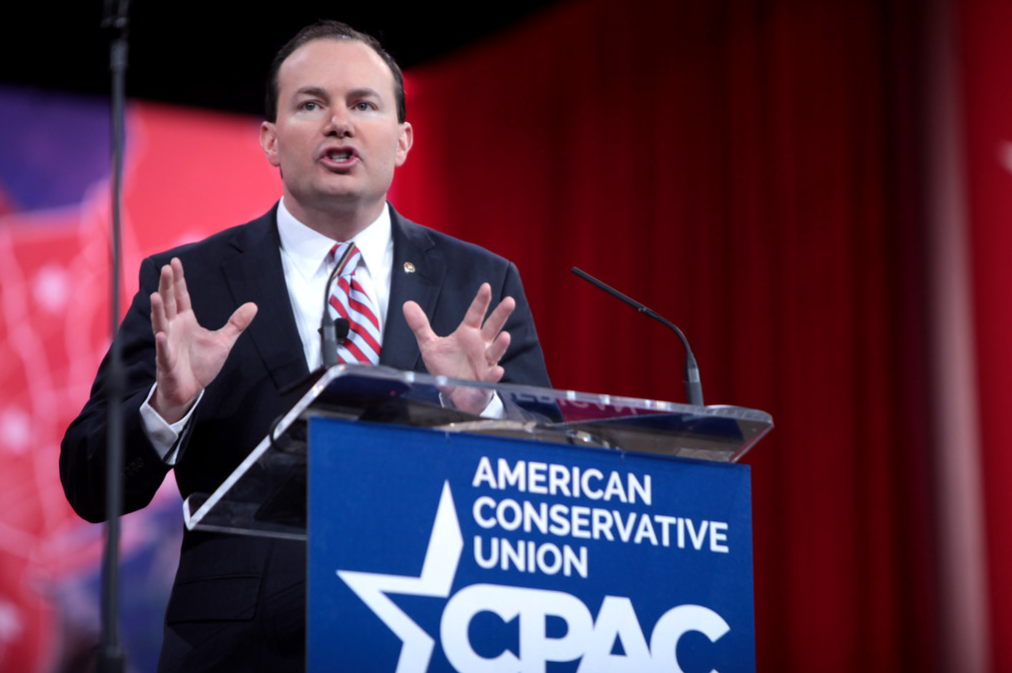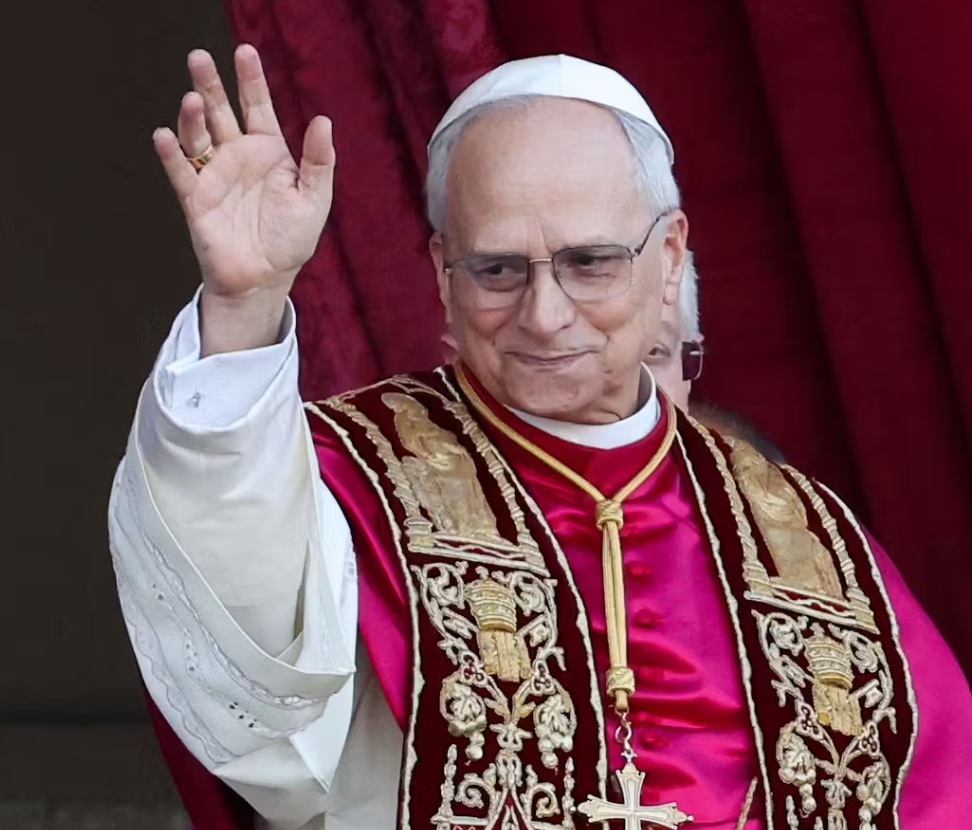Many people are just now learning that the original design for Mount Rushmore was far more elaborate than the final version. The initial concept, created by sculptor Gutzon Borglum and his son Lincoln, included the full torsos of the four U.S. presidents, George Washington, Thomas Jefferson, Theodore Roosevelt, and Abraham Lincoln, rather than just their heads. The plan also featured a giant entablature that was meant to showcase key moments in U.S. history, but several factors, including funding issues, geological challenges, and Borglum’s death in 1941, led to a more simplified design.
Though the Mount Rushmore National Memorial Act passed in 1927 with President Calvin Coolidge pledging full federal funding, Borglum only accepted half of the amount, opting to raise the rest privately. This decision proved problematic as the Great Depression hit, and funding became unreliable. Additionally, Borglum’s son, Lincoln, faced geological issues that forced the relocation of the carvings, preventing the inclusion of the original entablature.

The project officially ended in 1941 due to the combination of Borglum’s death, ongoing funding struggles, and the U.S. entering World War II. While the monument remains an iconic American landmark, its incomplete vision has fascinated historians and the public alike. Many now wonder what Mount Rushmore could have looked like if the original design had been fully realized.
Aside from the design story, Mount Rushmore has also faced controversy for being built on sacred land taken from the Sioux Nation in the 1870s. This history has led to ongoing debates about the monument’s cultural significance and its impact on Native American communities.




